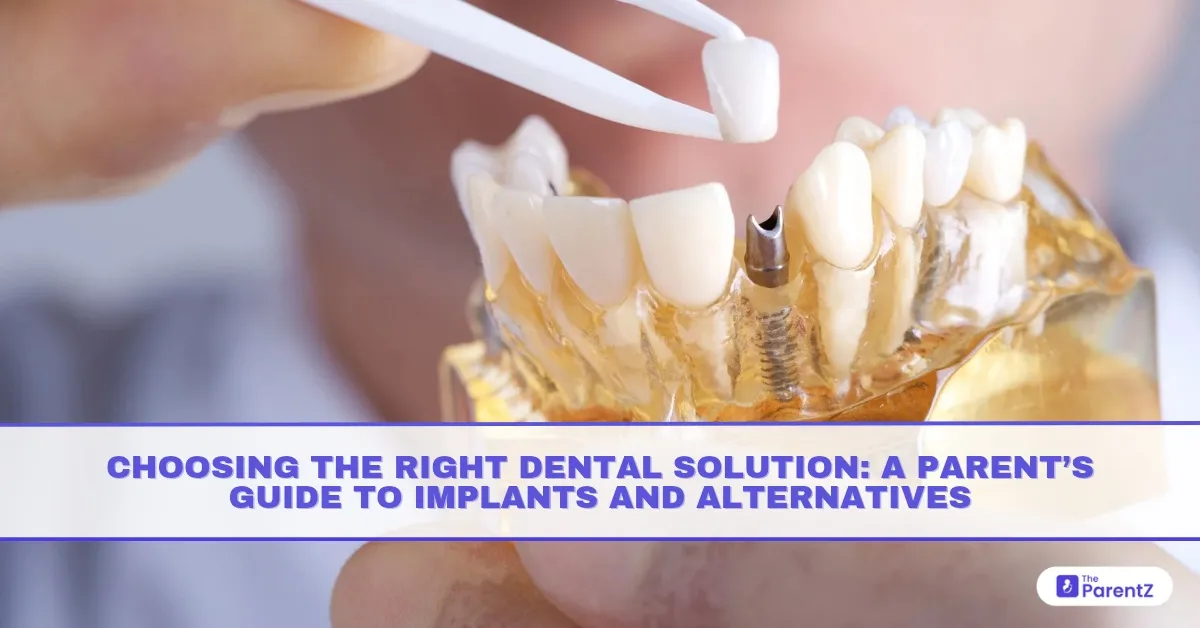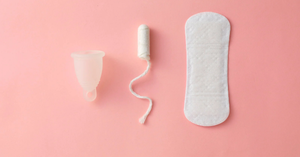As a parent, seeing your child struggle with missing teeth, whether due to injury, decay, or genetics, can be concerning. Not only does it affect their smile, but it can also impact their ability to chew, speak clearly, and maintain confidence. Fortunately, modern dentistry offers several solutions to restore missing teeth, including dental implants, bridges, partial dentures, and space maintainers.
But how do you know which option is best for your child? This guide will help you understand the different dental solutions, their benefits, and how to choose the right one based on your child’s age, oral health, and needs.
Why Replace Missing Teeth?
Replacing missing teeth isn’t just about aesthetics—it plays a crucial role in your child’s overall well-being. Here’s why timely intervention is important:
- Prevents teeth shifting: Gaps can cause neighboring teeth to shift out of place, leading to misalignment.
- Improves chewing and digestion: Proper chewing ensures food is broken down for better digestion.
- Supports speech development: Missing teeth can affect pronunciation and speech clarity.
- Boosts confidence: A complete smile can help children feel more comfortable in social situations.
- Protects jawbone health: In permanent teeth loss, untreated gaps can lead to bone loss over time.
Dental Solutions for Missing Teeth in Children
1. Space Maintainers (For Premature Baby Tooth Loss)
Best for: Children who lose baby teeth too early.
A space maintainer is a small metal or plastic device that keeps the gap open until the permanent tooth grows in. This prevents the surrounding teeth from shifting and helps ensure proper alignment.
Pros: Simple, non-invasive, and helps prevent orthodontic issues.
Cons: Only a temporary solution and requires regular monitoring.
2. Dental Bridges (For Older Kids & Teens)
Best for: Children who have lost one or more permanent teeth but aren’t ready for implants.
A dental bridge is a fixed replacement that consists of an artificial tooth anchored to neighboring teeth. It helps restore function and appearance.
Pros: Non-surgical, restores function quickly, and blends with natural teeth.
Cons: Requires grinding of adjacent teeth for support, which may weaken them over time.
3. Partial Dentures (For Multiple Missing Teeth)
Best for: Children with several missing teeth.
Removable partial dentures are an affordable and non-invasive way to replace multiple missing teeth. They consist of a plastic or metal framework with artificial teeth that fit into the gaps.
Pros: Cost-effective, non-invasive, and easy to adjust as the child grows.
Cons: Can feel bulky, may require daily maintenance, and is not as stable as implants or bridges.
4. Dental Implants (For Older Teens & Adults)
Best for: Teens (16+ for girls, 18+ for boys) or adults with fully developed jawbones.
A dental implant is a titanium post surgically placed in the jawbone to act as an artificial root, topped with a crown that looks like a real tooth. It’s the most durable and natural-looking solution for missing teeth.
Pros: Permanent, prevents bone loss, preserves neighbouring teeth, and provides the best aesthetics and function.
Cons: Requires surgery, longer healing time, and higher cost.
How to Choose the Right Dental Solution for Your Child
1. Consider Your Child’s Age
• Under 12 years: Space maintainers or partial dentures are better options since permanent teeth are still developing.
• 12-16 years: Bridges or removable dentures can be considered for functional and aesthetic benefits.
• 16+ years: Dental implants may be an option if jaw growth is complete.
2. Assess Their Oral Health
• If your child has strong, healthy teeth, bridges or space maintainers may be suitable.
• If they have weak or decayed teeth, implants (if age-appropriate) could be a better long-term solution.
3. Consider Lifestyle & Comfort
• If they are active in sports, avoid removable dentures as they may get damaged.
• If they struggle with hygiene routines, bridges or implants may be easier to maintain than dentures.
4. Consult a Pediatric Dentist
A dental professional can evaluate your child’s needs and recommend the best course of action.
Conclusion
Choosing the right dental solution for your child’s missing teeth is crucial for their oral health, confidence, and overall well-being. While space maintainers, bridges, and dentures offer temporary fixes, dental implants provide a long-term solution once jaw growth is complete.
Each option comes with its own pros and cons, so consulting a dentist will help you make the best choice based on your child’s age, health, and lifestyle. With the right care, your child can enjoy a healthy, confident smile for years to come!








Be the first one to comment on this story.